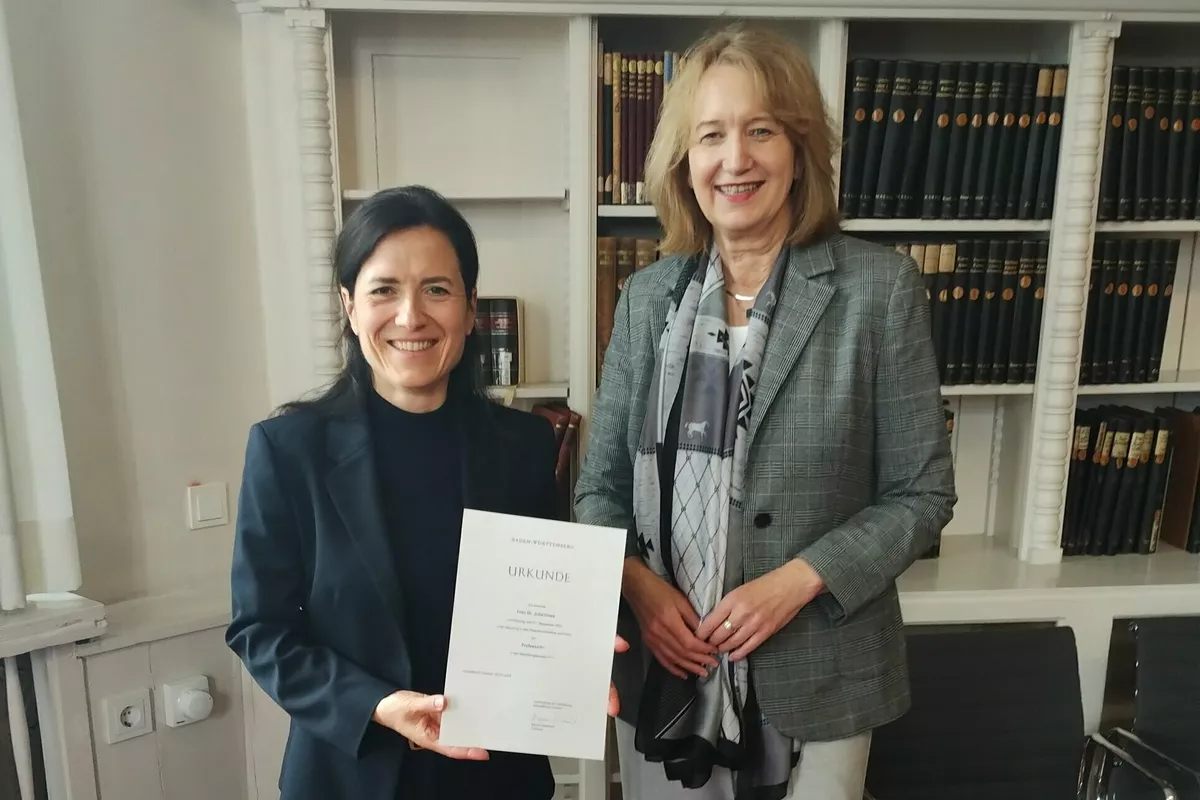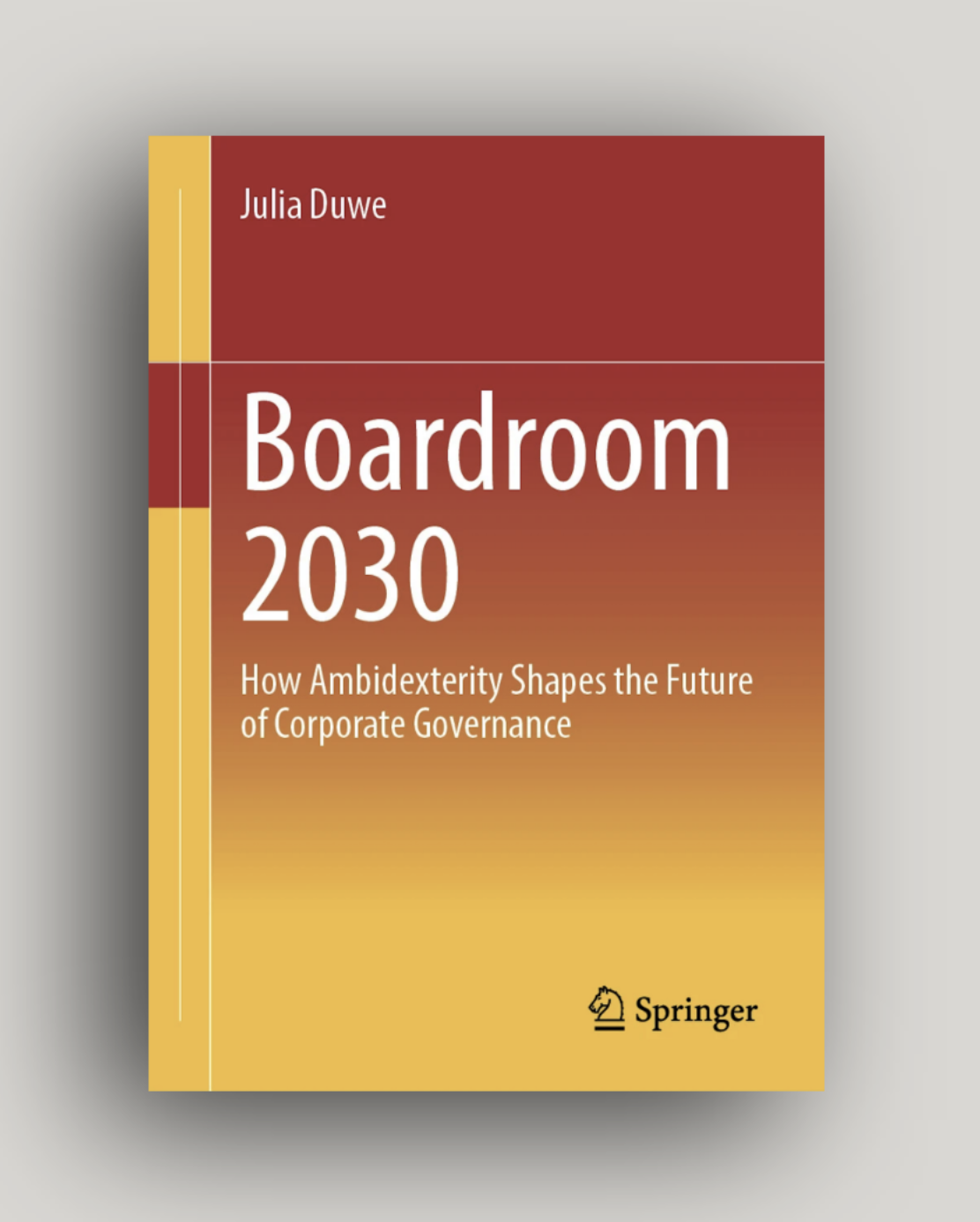
[æmbɪˈdeksterɪtɪ]
Ambidexterity: When people are equally skilled with both hands.
Organizational ambidexterity: The ability to exploit and explore at the same time. When organizations are able to optimize and improve their existing core business while at the same time building their future business.
Ambidexterity: A mental model
for organizational transformation
The concept of ambidexterity is an excellent mental model for the period of major organizational transformation, e.g. digital transformation, AI transformation, sustainability transformation. It addresses the tensions and trade-offs that occur between exploration and exploration at an early stage and helps leaders to balance both worlds. Over decades, ambidexterity researchers have identified three main forms of organizational ambidexterity:

Sequential ambidexterity
Temporal separation of exploration and exploitation

Structural ambidexterity
Structural separation of exploration and exploitation

Contextual ambidexterity
Balancing exploration and exploitation within an organizational unit depending on the context
Literature
- Duncan, Robert B. (1976): The Ambidextrous Organization: Designing Dual Structures for Innovation. In: Ralph H. Kilmann, Louis R. Pondy and Dennis P. Slevin (eds.): The Management of Organization Design. New York [et al.]: North-Holland, p. 167—188.
- Gibson, C.B.; Birkinshaw, J. (2004): The Antecedents, Consequences, and Mediating Role of Organizational Ambidexterity. In: Academy of Management Journal 47 (2), pp. 209—226.
- March, James G. (1991): Exploration and Exploitation in Organizational Learning. In: Organization Science, 2 (1), pp. 71—87.
- O'Reilly, Charles A.; Tushman, Michael (2013): Organizational Ambidexterity: Past, Present and Future. In: Academy of Management Perspectives 27 (4), pp. 324—338.
- Raisch, S.; Birkinshaw, J. (2008): Organizational Ambidexterity: Antecedents, Outcomes, and Moderators. In: Journal of Management 34 (3), pp. 375—409.




